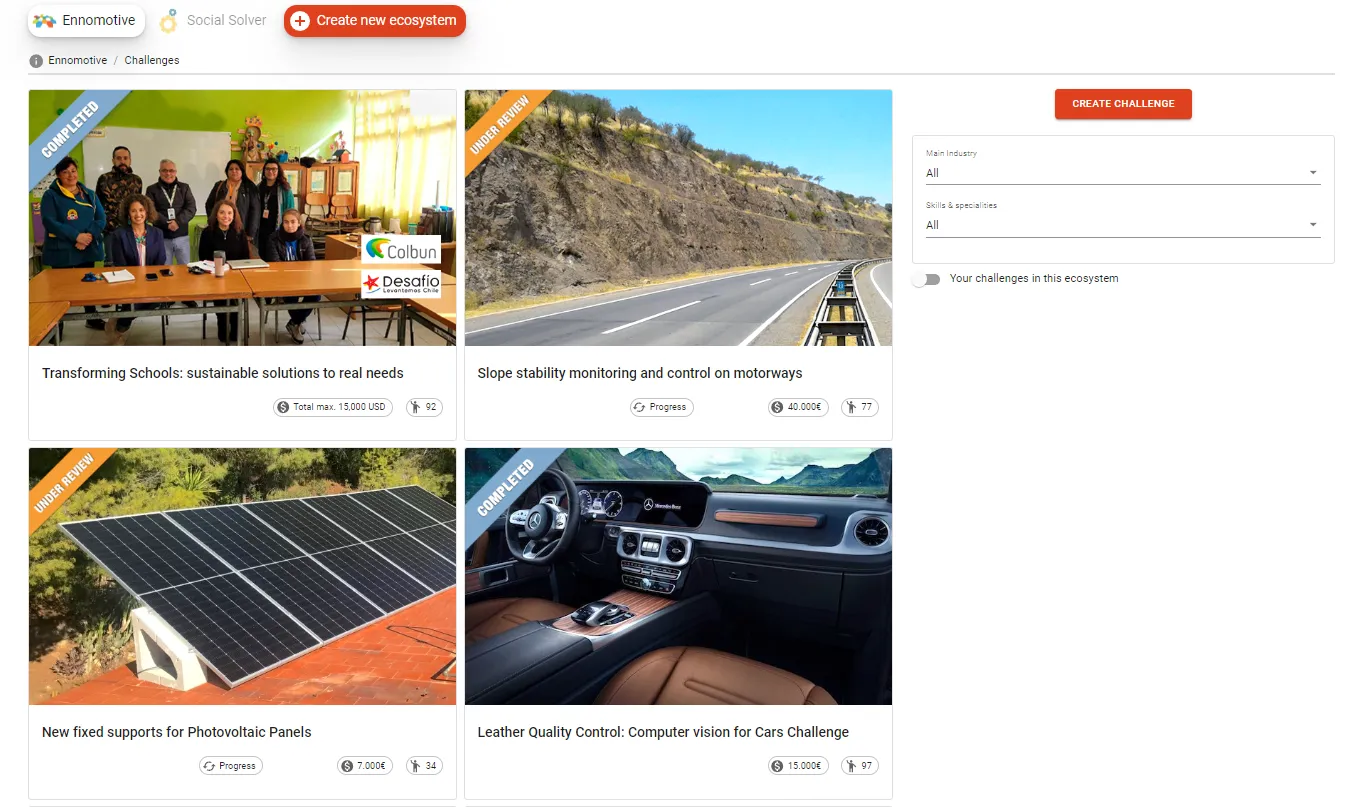Background
UPM Racing is an INSIA-UPM engineering students’ project. Every year, they design and manufacture two formula student vehicles (an electric one and an internal combustion engine one).
The team is formed by 50 members from upper classes of Industrial Engineering (ETSII) and Automotive Engineering Master at INSIA, and it is renewed every year.
UPM Racing helps participants develop personal and professional skills, providing them with aptitudes like team working, accountability and problem solving in a rapid and efficient manner.
Their main objective is to improve their engineering training and contrast their progresses by competing with world´s best colleges (www.upmracing.es)
See: (www.formulastudent.de, www.formulastudent.es, http://students.sae.org/cds/formulaseries/)
The challenge
It is a student competition between universities with strict standards. Therefore, the production of formula student vehicles, with low economic resources, requires a high level of imagination and implication from the students when designing and producing each part.
Simple and economic manufacturing processes are required so that students can produce a high number of parts. In addition, they must produce them with the sufficient efficiency to achieve the best results.
Weight is very important when designing the vehicle, so producing parts with resistant and low weight materials is crucial.
Actually, carbon fiber tubes are manufactured with the wet lay-up technique, producing the two sides of the tube independently and combining them afterwards.
What the client is looking for
UPM Racing is looking for a reliable, simple and cheap system for the craft manufacturing of epoxy carbon fiber tubes, using the wet lay-up technique.
The parts can be used for:
- Steering - Suspension: cylindrical or slightly conical. Sections can be: elliptical, circular, aerodynamic.
- Chassis: cylindrical exclusively.
Different factors of the fabrication process must be taken into account, such as
- How to produce molds.
- How to crop the fiber material (taking into account the form, distribution etc.).
- How to unmold them.
The solution must contain:
- Description and Drawings with dimensions of the parts.
- Equipment’s specifications, including suppliers ‘budget
- Viability evidence. (i.e. their use in other products or countries, videos…)
Additional documentation
- Drawing with dimensions of the pieces. 15-25 mm of diameter, 30 to 70 cm length.
- Traditional fabrication process with the wet lay-up technique.
Evaluation Criteria
- Minimum cost production
- Simple and reliable process
- Parts aesthetic
- Manufacturing Quality of the part (better technical specifications)
Tournament Structure and Timing
This is a 1-round tournament with the following timings
- Solutions submission are accepted along the next 14 weeks.
- Evaluation: 2 weeks



